PHOTO ARCHIVES: an undated photo of future cli-fi novelist Amitav Ghosh as a young man in India, circa 1977
undated photo of Amitav Ghosh as a young man in India, circa 1977

In 2016, Amitav Ghosh, published a very controversdial NONFICTION ESSAY polemic about why ......in his elitist opinion..... which was later shown to be wrongheaded and incorrect......, some contemporary novelists had yet to embrace the scale of climate change, even Dr Ghosh hinself!
But with his new
cli-fi novel,
Gun Island, Ghosh offers what reads like a response to the questions
The Great Derangement posed: a beautifully layered story about climate change and its thorny relationship to immigration, the legacy of colonialism, and the very nature of storytelling.
The novel stars a Kolkata-born rare books dealer who lives in Brooklyn and who embarks on an adventure of a lifetime after visiting a shrine in the Sundarbans. The shrine is dedicated to the ancient Gun Merchant, who circled the globe in an attempt to escape the wrath of Manasa Devi, the goddess of snakes.
In this interview, they discuss what inspired
Gun Island, the strangeness brought on by climate change, and the importance of giving a voice to the voiceless.
In The Great Derangement, your 2016 nonfiction treatise about how difficult it is for contemporary novelists to write about climate change, you describe a tornado. You’ve said that writing about this tornado in fiction has proved difficult because it’s such an improbable event. In Gun Island there’s a tornado.
Amitav Ghosh
Yes, I finally found a way to write about that tornado in fiction. When the real-life tornado occurred [in the 1970s], it felt like an event of extreme probability. But today, it actually isn’t. The weirdest thing has happened, Amy. Every day now I get messages from people telling me that things I’ve written about in my books have actually happened. There was another tornado like the one I describe in
Gun Island in Venice quite recently. I also write in
Gun Island about a massive hail storm and rare, poisonous spiders appearing in places they aren’t supposed to be. Well, a hail storm occurred in Venice just a few weeks ago. And very recently I received a message from a friend of mine who lives there—he had to take his son to the hospital for a spider bite.
This has happened to you before. I remember in your 2004 novel The Hungry Tide you describe an enormous storm surge in the Sunderbans, and not long after, a catastrophic tsunami happened there in real life.
Amitav Ghosh
Oh yes, and you may remember in
Gun Island that there’s a scene in Los Angeles with a fire headed toward a museum. This also happened just last year. The Getty Museum was in the path of the wildfires. But I wrote that scene six months before it actually happened. It’s all so uncanny.
Are you a prophet?
Amitav Ghosh
[Laughs] No, we’re just living in an age where the improbable is becoming the probable.
What is it like to be a novelist in an age where the weirdness of reality is outpacing the weirdness of fiction?
Amitav Ghosh
For one, I have to keep insisting that this is indeed the case! My books aren’t fantasy; I’m just writing about the reality of the world we’re in. For so long these [improbable events] have been relegated to genre fiction, but they need to be recognized for what they are, which is part of the reality we inhabit every day.
At one point in Gun Island your character Cinta says that “you mustn’t underestimate the power of stories. There is something in them that is elemental and inexplicable.” What is your view on the power of stories?
Amitav Ghosh
I have mixed feelings on this because my friends will say time to time that life is all about storytelling, and that we need to change the story we’re telling, and as a writer of stories, I think a lot about what stories can achieve in the world. But honestly, I don’t know how much they can achieve. On the other hand, I do know that
The Hungry Tide inaugurated something significant. People’s attitudes toward the Sundarbans changed completely after that book. People began to think about the place in a different way. People need a way to enter a reality, and narrative can provide that. Stories can give you a way to think about the world around you.
One reason why I appreciate novels about climate change—and why I started this ''cli-fi trends'' column—is because novels allow me to spend time in the minds of other people for an extended period of time. It seems to me that’s an important way to experience and think about the world, especially one ravaged by climate change.
Amitav Ghosh
What you describe is the peculiar power of fiction! It allows you to enter other people’s consciousness and see the world through their eyes. That’s one of the most important things that fiction does. And it’s the most important thing that the humanities can do: they take you out of your own private little island and show you other ways of experiencing the universe.
While reading Gun Island, I felt like I could experience the universe in two different ways, depending on how credulous I was willing to be. On the one hand, the strange “happenings” in your novel—the mass beaching of dolphins, the various encounters with rare snakes and spiders—could be explained by science, especially in an age of global warming. But your novel also leaves open the possibility that these are manifestations of a vengeful goddess. There’s a lot of ambiguity here.
Amitav Ghosh
Yes, absolutely. Different readers will and should read the novel in different ways. I think, in literary terms, the most difficult challenge a writer has in an age of climate change is determining how to give a voice to the non-human. And not just in terms of natural disaster—in general. It’s such a challenge. One writer who has done this very well is Richard Powers. I thought his book,
The Overstory, was a huge event because it expanded the boundaries of what writers can do. Now I am asking similar questions: How do we restore nonhuman voices? How do we trace the influence of the human among the nonhuman? What’s interesting is that giving voice to the nonhuman is something that fiction used to do, up through the nineteenth century. Melville’s
Moby-Dick is about a whale that has agency and the power of comprehension. If Melville had written that book in the late twentieth century, he would have been treated as a fantasy writer. We have to ask ourselves why it’s not possible to still write that kind of story. We have to get back to the thing that only fiction can do, which is to give a voice to the things that have no voice.
It’s hard to know what an animal is thinking, isn’t it? Let’s take the beached dolphins in Gun Island for example. You leave open the possibility that the beaching is self-inflicted. But how could we know for sure?
Amitav Ghosh
Well, you know, animal suicide is quite common.
It is?????????
Amitav Ghosh
Oh, yes. There’s a very good book about it called Animal Madness by Laurel Braitman. It’s very well written. Many kinds of animals commit suicide: dogs, parrots, elephants.
I had no idea.
Amitav Ghosh
The fact that we don’t generally allow animals this possibility is a kind of prejudice. We tend to think of animals as living entirely in a world of instinct, but that is not the case.
Thank you for introducing me to that possibility, even though it’s horribly depressing.
Let’s discuss the Sundarbans, where a good part of Gun Island is set. At one point, a character describes the region as “the frontier where commerce and the wilderness look each other directly in the eye; that’s exactly where the war between profit and Nature is fought.” I understand that the Sundarbans have their own ecosystem and their own specific natural and human histories, but this characterization reads almost like an allegory for the entire world. Everywhere we look, we see a kind of war taking place between profit and nature.
Amitav Ghosh
That is true, isn’t it? After I wrote
The Great Derangement I felt very strongly that if we are going to find our way back to thinking differently about large issues, we have to start looking at how other people have thought about these things. One example is the Bengali legends that I draw on throughout
Gun Island and which are set in the Sundarbans. All of this is exactly what these legends are about: How to restrain human desire, how to create balance between different living beings in the world. These are ancient stories. It just goes to show that our ancestors understood the world perhaps better than we do.
At this moment in time we find ourselves in the middle of terrible extinction events. And every day we hear another story about human language dying out. Language is an aspect of human flourishing, so how is its diminishment not being taken into account when we think about these larger events?
You address all of this in Gun Island, and yet, it still reads as a hopeful novel. Are you hopeful for the future?
Amitav Ghosh
You know, for someone like me… [long pause]. I’m a parent of two adult bi-racial children raiswed with my Caucasian wife Deborah Baker, also a writer. I was born and raised in India, a part of the world where many, many people tend to die or lose their livelihoods. I feel I have a duty to be hopeful. I feel we all have certain duties as human beings, and to be hopeful is one of mine. I can’t allow myself to feel fatalistic or give in to a certain kind of doom-ism, if you like.
When I look at fiction novels about climate change, it’s often but not always somewhat apocalyptic, dystopian. I think that is a white Caucasian privileged point of view. It’s almost a certain kind of American or Western—
and even male —perspective, and that’s just not my world or my imaginative space at all. I don't write
climate fiction, and I don't write
cli-fi. I'm glad you asked.


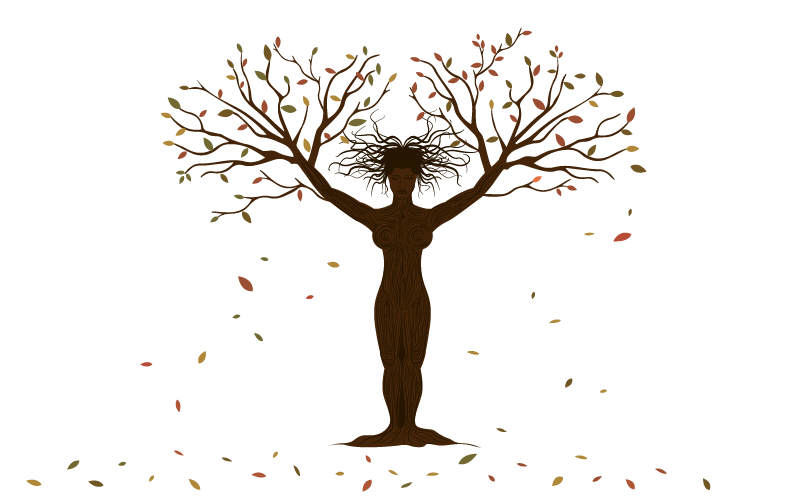
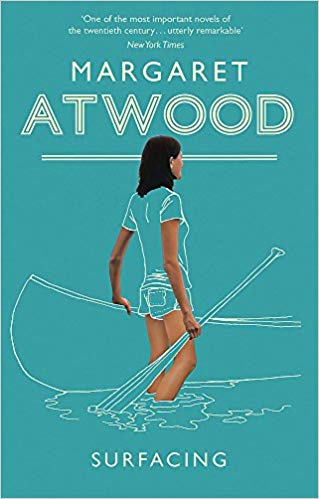
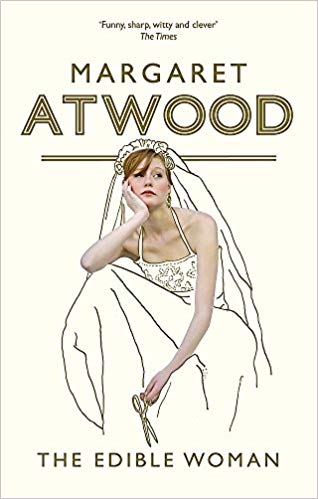
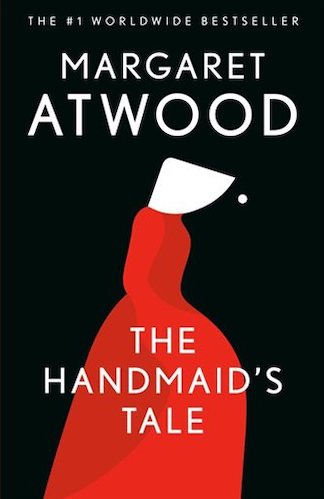
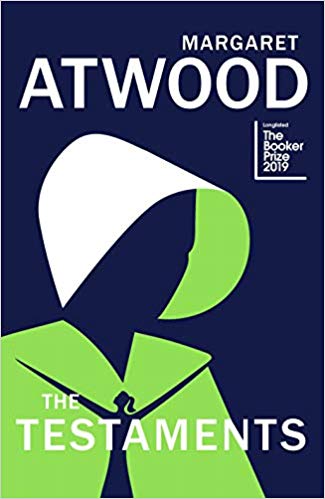

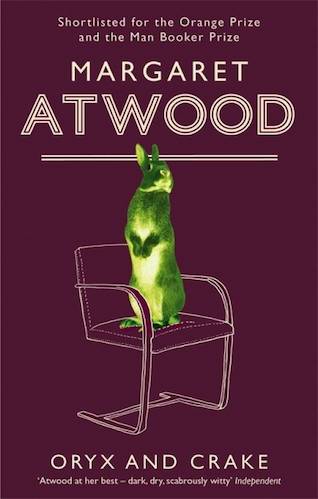




Concern about the devastating impacts of a radically changing climate isn’t a new phenomenon—certainly it’s a topic that CLI-FI has addressed in books and stories stretching back decades. But now, with the wide-ranging effects of climate change evident in the daily news, the genre—its authors, and its fans—are increasingly contributing to the conversation, utilizing climate fiction as a tool for imagining—often with bracing immediacy—the future that lies before us.
CLI-FI as a genre is an inseparable part of the industrial revolution, a massive transformation that stretched from the late 1700s to the early 1800s. The movement introduced new machines, chemicals, and power systems into society, fundamentally changing the labor market and the world economy. It led to new productivity gains for factories, as well as a boom in the global population. It helped produce the romantic movement that led artists to idolize the natural world, or look back with reverence to a pre-industrial age.
Over its recent history, the CLI-FI genre has used its tropes and conventions to examine the existential threats facing humanity.
But it was a particular CLI-FI moment that helped bring the most awareness: a snapshot of the Earth taken by the Apollo 8 astronauts, given the evocative name “Earthrise.”
The portrait has become a symbol of the environmental movement, showing off the fragile and tiny nature of our home planet.